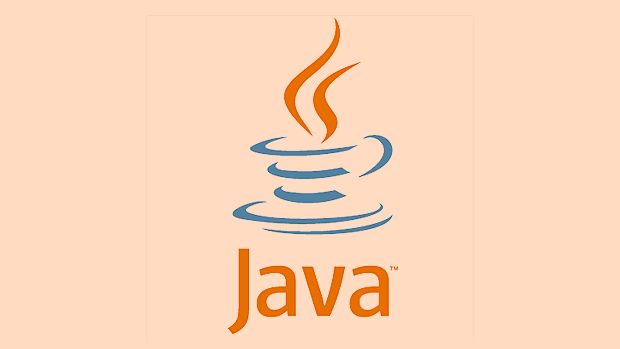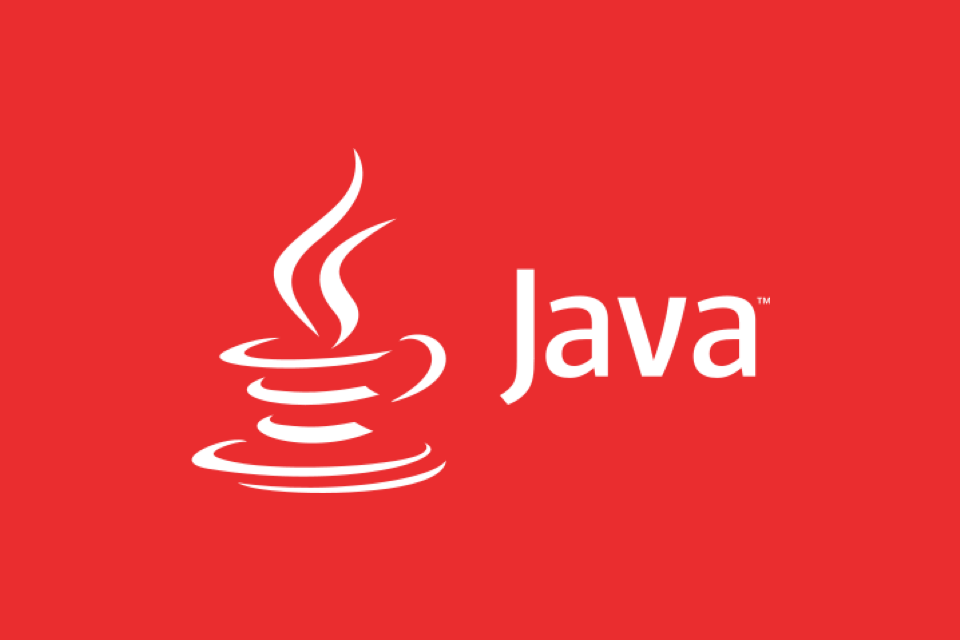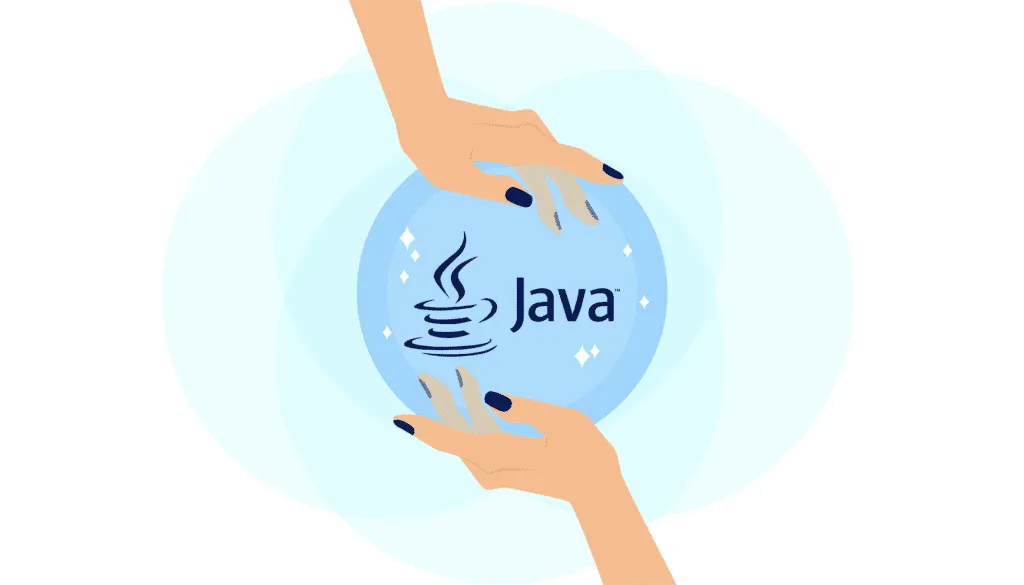Understanding Variable Scope and Lifetime in Java
Jul 05, 2025 am 02:36 AMThe scope and life cycle of variables in Java depend on type. 1. The scope of local variables is limited to the code block, and the life cycle is destroyed as the code block ends; 2. The scope of member variables is the entire class, and the life cycle is created and destroyed with the object; 3. The scope of static variables is the entire class and can be accessed through the class name, and the life cycle exits from the class loading to the JVM; 4. The scope of parameter variables is limited to the method body, and the life cycle begins and ends with the method call. Variables should be kept as small as possible and short as possible to improve security.

In Java programming, the scope and lifetime of variables are the key to understanding code behavior. Simply put, scope determines the visible range of variables in the program, while life cycle refers to the time period from creation to destruction of variables. If you don’t understand these two concepts, it can easily lead to variable access errors, memory leaks or logical confusion.

Let’s start from several common scenarios and talk about how to understand the scope and life cycle of variables in Java.

1. Local variables: "temporary workers" within the method
Local variables are variables declared inside methods, constructors, or code blocks. Its scope is limited to the code block that declares it, and its life cycle only lasts until the end of the code block execution.
public void exampleMethod() {
int x = 10;
if (x > 5) {
int y = 20;
System.out.println(y); // You can access y
}
// System.out.println(y); // Error: y is not visible}- Scope : Start at the declaration and ends with the code block it is located in.
- Lifecycle : Created when entering a code block and destroyed when leaving.
- Note : Local variables defined internally cannot be accessed outside the nest.
This type of variable is most commonly used to temporarily store data, such as loop counters, intermediate results, etc.

2. Member variable (instance variable): object-level existence
Member variables are variables defined in a class and outside a method, unique to each instance (object) of the class.
public class Person {
String name; // member variable public void setName(String name) {
this.name = name;
}
}- Scope : accessible (via
thisor object reference) throughout the class's methods. - Lifecycle : Created as the object is created and destroyed only when the object is garbage collected.
- Access permissions : Its accessibility can be controlled through modifiers such as
privateandprotected.
When using member variables, be careful not to over-share the state to avoid side effects.
3. Static variables (class variables): a piece of data shared by all instances
Static variables are declared with the static keyword. They do not belong to an object, but to the class itself.
public class Counter {
static int count = 0;
public Counter() {
count ;
}
}- Scope : It is accessible throughout the class or directly accessed through the class name.
- Lifecycle : Initialized when the class is loaded and released only when the JVM exits.
- Purpose : Suitable for saving global states related to classes, such as counters, configuration information, etc.
It should be noted that multiple instances share the same static variable, and modification will affect all instances.
4. Parameter variable: It works if it is passed in, but it becomes invalid if it is released.
Method parameters are essentially a type of local variables, and their scope is limited to the inside of the method body.
public void printName(String name) {
System.out.println(name);
}- Scope : The entire method is available in the body.
- Lifecycle : A method call is allocated at the beginning and a method is released after returning.
- Features : It can have the same name as the member variable, and
this.nameneeds to be distinguished.
Unexpected results may result if the parameter is assigned in the method but the member variable is not updated.
Basically that's it. Although the variable scope and life cycle of Java are not complex, it is easy to cause problems due to unclear understanding in actual encoding, especially in multithreaded or complex structures. Just remember one thing: the smaller the variable, the better the scope, and the shorter the life cycle, the safer it is.
The above is the detailed content of Understanding Variable Scope and Lifetime in Java. For more information, please follow other related articles on the PHP Chinese website!

Hot AI Tools

Undress AI Tool
Undress images for free

Undresser.AI Undress
AI-powered app for creating realistic nude photos

AI Clothes Remover
Online AI tool for removing clothes from photos.

Clothoff.io
AI clothes remover

Video Face Swap
Swap faces in any video effortlessly with our completely free AI face swap tool!

Hot Article

Hot Tools

Notepad++7.3.1
Easy-to-use and free code editor

SublimeText3 Chinese version
Chinese version, very easy to use

Zend Studio 13.0.1
Powerful PHP integrated development environment

Dreamweaver CS6
Visual web development tools

SublimeText3 Mac version
God-level code editing software (SublimeText3)

Hot Topics
 Selecting Specific Columns | Performance Optimization
Jun 27, 2025 pm 05:46 PM
Selecting Specific Columns | Performance Optimization
Jun 27, 2025 pm 05:46 PM
Selectingonlyneededcolumnsimprovesperformancebyreducingresourceusage.1.Fetchingallcolumnsincreasesmemory,network,andprocessingoverhead.2.Unnecessarydataretrievalpreventseffectiveindexuse,raisesdiskI/O,andslowsqueryexecution.3.Tooptimize,identifyrequi
 What is the `enum` type in Java?
Jul 02, 2025 am 01:31 AM
What is the `enum` type in Java?
Jul 02, 2025 am 01:31 AM
Enums in Java are special classes that represent fixed number of constant values. 1. Use the enum keyword definition; 2. Each enum value is a public static final instance of the enum type; 3. It can include fields, constructors and methods to add behavior to each constant; 4. It can be used in switch statements, supports direct comparison, and provides built-in methods such as name(), ordinal(), values() and valueOf(); 5. Enumeration can improve the type safety, readability and flexibility of the code, and is suitable for limited collection scenarios such as status codes, colors or week.
 Applying Semantic Structure with article, section, and aside in HTML
Jul 05, 2025 am 02:03 AM
Applying Semantic Structure with article, section, and aside in HTML
Jul 05, 2025 am 02:03 AM
The rational use of semantic tags in HTML can improve page structure clarity, accessibility and SEO effects. 1. Used for independent content blocks, such as blog posts or comments, it must be self-contained; 2. Used for classification related content, usually including titles, and is suitable for different modules of the page; 3. Used for auxiliary information related to the main content but not core, such as sidebar recommendations or author profiles. In actual development, labels should be combined and other, avoid excessive nesting, keep the structure simple, and verify the rationality of the structure through developer tools.
 What is the JDK?
Jun 25, 2025 pm 04:05 PM
What is the JDK?
Jun 25, 2025 pm 04:05 PM
JDK (JavaDevelopmentKit) is a software development environment for developing Java applications and applets. It contains tools and libraries required to compile, debug and run Java programs. Its core components include Java compiler (javac), Java runtime environment (JRE), Java interpreter (java), debugger (jdb), document generation tools (javadoc) and packaging tools (such as jar and jmod). Developers need JDK to write, compile Java code and develop with the help of IDE; without JDK, Java applications cannot be built or modified. You can enter javac-version and java-version in the terminal
 VSCode debugger for Java setup guide
Jul 01, 2025 am 12:22 AM
VSCode debugger for Java setup guide
Jul 01, 2025 am 12:22 AM
The key steps in configuring the Java debugging environment on VSCode include: 1. Install JDK and verify; 2. Install JavaExtensionPack and DebuggerforJava plug-in; 3. Create and configure the launch.json file, specify mainClass and projectName; 4. Set up the correct project structure to ensure the source code path and compilation output are correct; 5. Use debugging techniques such as Watch, F8/F10/F11 shortcut keys and methods to deal with common problems such as class not found or JVM attachment failure.
 Windows search bar not typing
Jul 02, 2025 am 10:55 AM
Windows search bar not typing
Jul 02, 2025 am 10:55 AM
When the Windows search bar cannot enter text, common solutions are: 1. Restart the Explorer or computer, open the Task Manager to restart the "Windows Explorer" process, or restart the device directly; 2. Switch or uninstall the input method, try to use the English input method or Microsoft's own input method to eliminate third-party input method conflicts; 3. Run the system file check tool, execute the sfc/scannow command in the command prompt to repair the system files; 4. Reset or rebuild the search index, and rebuild it through the "Index Options" in the "Control Panel". Usually, we start with simple steps first, and most problems can be solved step by step.
 How do I set up VS Code for Java development?
Jun 29, 2025 am 12:23 AM
How do I set up VS Code for Java development?
Jun 29, 2025 am 12:23 AM
To use VSCode for Java development, you need to install the necessary extensions, configure the JDK and set up the workspace. 1. Install JavaExtensionPack, including language support, debugging integration, build tools and code completion functions; optional JavaTestRunner or SpringBoot extension package. 2. Install at least JDK17 and verify through java-version and javac-version; set the JAVA_HOME environment variable, or switch multiple JDKs in the status bar at the bottom of VSCode. 3. After opening the project folder, make sure the project structure is correct and enable automatic saving, adjust the formatting rules, enable code checking, and configure the compilation task to optimize the opening.
 Why use the `Serializable` interface?
Jun 26, 2025 am 01:02 AM
Why use the `Serializable` interface?
Jun 26, 2025 am 01:02 AM
ImplementingtheSerializableinterfaceinJavaallowsaclasstobeconvertedintoabytestreamforstorageortransmission.Asamarkerinterfacewithnomethods,itsignalsthattheclassisreadyforserialization,enablingmechanismslikeObjectOutputStreamtoprocessit.Failingtoimple






